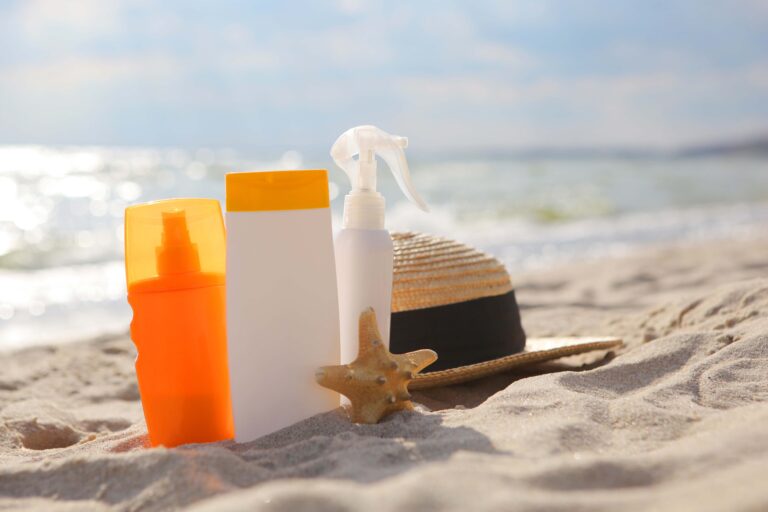A Guide To Safe Sunbathing and Sun Protection
Basking Under the Florida Sun
inviting as it might seem, packs a powerful punch. If you’re gearing up for a sun-kissed day, especially in a place as beautiful as Clearwater Beach, Florida, it’s vital to prioritize sun safety. Let’s delve into the essentials of safe sunbathing and robust sun protection in the face of Florida’s fierce sun.
Understanding the Florida Sun
Florida isn’t called the Sunshine State for no reason. Situated closer to the equator, it receives intense ultraviolet (UV) rays. While these rays bless us with golden tans, they also carry the risk of sunburns, premature aging, and more severe concerns like skin cancer.
1. Timed Sun Exposure
The Golden Hours: Aim for the early morning or late afternoon sun. Between 10 a.m. to 4 p.m., the sun’s rays are at their strongest. If you can, limit direct exposure during these hours.
2. The Right Sunscreen is Your Best Friend
Broad Spectrum: Always choose a sunscreen labeled “broad spectrum.” This ensures it protects against both UVA (aging) and UVB (burning) rays. SPF: In Florida, an SPF of 30 or higher is recommended. Remember, SPF indicates the protection factor against UVB rays. Reapplication is Key: Even if your sunscreen is labeled water-resistant, reapply every 2 hours and immediately after swimming or sweating.
3. Cover Up, Stylishly!
Wide-brimmed Hats: These are not just fashion statements. A hat with a brim of at least 3 inches can shield your face, neck, and ears. UV-protective Clothing: Opt for long-sleeved shirts or dresses made of UV-protective fabric. They offer more reliable protection than regular clothing. Sunglasses: Protect those peepers! UV rays can harm your eyes. Always choose sunglasses that block 100% of UVA and UVB rays.

4. Seek Shade
While it’s tempting to bask directly under the sun, periodic breaks in the shade can reduce UV exposure significantly. Whether it’s under a beach umbrella, a tree, or a beachside café, taking intermittent shade breaks is beneficial.
5. Hydrate
The Florida sun can dehydrate you quicker than you realize. Drink plenty of water to stay hydrated. This not only keeps you refreshed but also helps maintain your skin’s natural protective barrier.

6. Know Your Skin
People with lighter skin tones tend to burn quicker. However, irrespective of skin color, prolonged exposure to UV rays carries risks. Recognize the signs of overexposure: pink or reddened skin, skin that feels warm or tender, and in extreme cases, swelling or blisters.
7. After-Sun Care
Even with precautions, after a day under the Florida sun, your skin needs TLC. Consider:
- Aloe Vera: This plant extract is known for its cooling and healing properties.
- Cool Showers: Helps reduce inflammation.
- Moisturize: Sun can parch your skin. Replenish its moisture with a good lotion or cream.
Remember the Little Ones
Kids, with their delicate skin, are even more susceptible to the Florida sun. Always ensure they’re adequately protected with sunscreen, hats, and UV-protective clothing. Keep babies younger than six months out of direct sunlight.
Conclusion
There’s no denying the therapeutic and rejuvenating effects of the Florida sun, especially on iconic beaches like Clearwater Beach. However, with the sun’s warmth also comes responsibility. A balance of sun-soaked moments and adequate protection ensures you enjoy the best of what Florida has to offer while safeguarding your skin’s health.
So, as you lay on the sands of Clearwater Beach, listening to the lullaby of waves, let your only concern be the book in your hand or the beauty around, knowing you’re shielded from the potent Florida sun.
